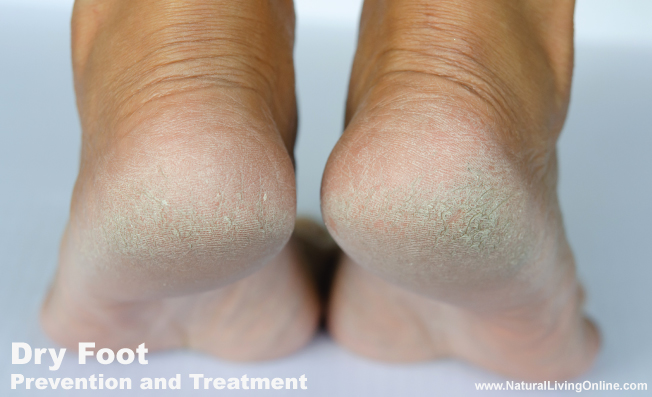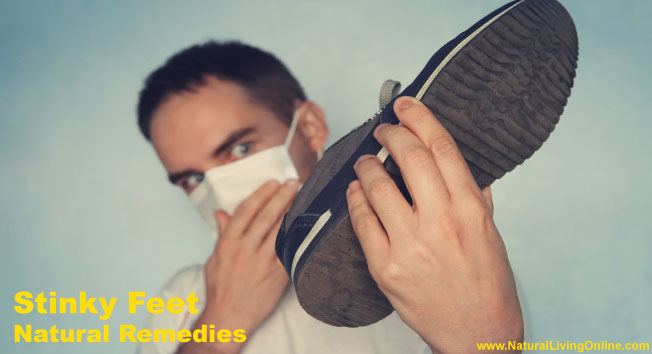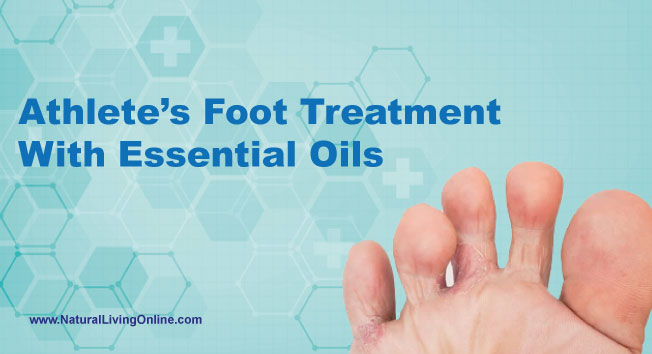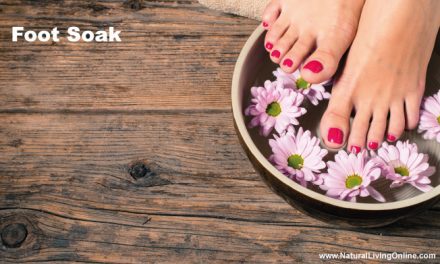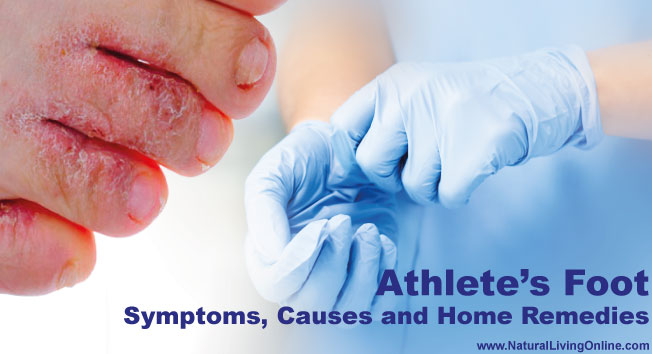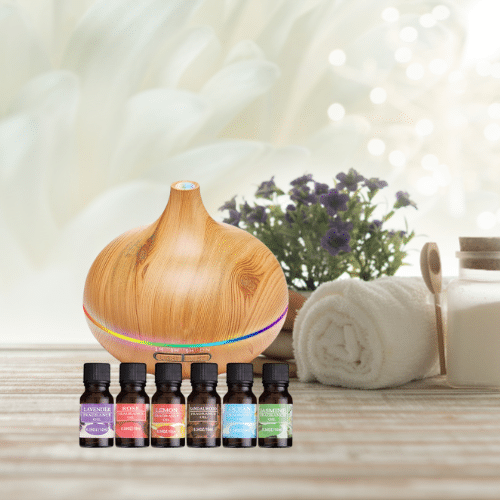Healthy feet are essential for overall wellbeing. They allow us to move freely and perform daily activities such as walking, running, and standing for extended periods. Neglecting foot health can lead to various foot problems such as dry feet, cracked heels, calluses, and ingrown toenails, which can cause discomfort, pain, and difficulty in performing daily activities.
Dry feet are a common condition that can be caused by a variety of factors, including environmental factors, medical conditions, and lifestyle factors. It is a condition where the skin on the feet becomes dry, flaky, and rough. Dry skin conditions can be mild or severe, and in some cases, they can lead to painful cracks and fissures. It can affect people of all ages and can be a source of discomfort, pain, and embarrassment.
Types of Dry Feet
Dry feet can be classified into different types depending on the severity and underlying causes of the condition. Here are the five most common types of dry feet:
Mild Dry Feet
Mild dry feet are characterized by mild symptoms such as dryness, flakiness, and roughness of the skin. These symptoms are often accompanied by mild itching and a burning sensation. Mild dry feet can be caused by environmental factors such as exposure to cold or dry air, hot water, or harsh soaps. They can also be caused by medical conditions such as hypothyroidism or diabetes.
Severely Dry Feet
Severely dry feet are characterized by severe symptoms such as deep cracks in the skin, bleeding, and pain. Severely dry feet can be caused by a variety of factors, including medical conditions such as psoriasis and eczema, and lifestyle factors such as poor diet, lack of exercise, and smoking. Severely dry feet can be very uncomfortable, may cause foot pain, and can interfere with daily activities.
Cracked Heels
Cracked heels are a type of dry feet that is characterized by deep cracks or fissures in the skin of the heel. Cracked heels are often caused by dryness and thickening of the skin on the heel, which can lead to cracking heel fissures and bleeding. They can be painful and can increase the risk of infection.
Athlete’s Foot
Athlete’s foot is a type of fungal infection that can affect the skin on the feet. It is characterized by red, itchy, and flaky skin between the toes, which can sometimes spread to the soles of the feet. Athlete’s foot is caused by a fungus that thrives in warm, moist environments, such as locker rooms, swimming pools, and public showers.
Eczema
Eczema is a type of skin condition that can affect different parts of the body, including the feet. It is characterized by red, itchy, and dry patches of skin, which can become scaly and crusty. Eczema is often caused by an overactive immune system, and it can be triggered by various factors such as stress, allergies, and irritants.
Causes of Dry Feet
There are several causes of dry feet, ranging from environmental factors to medical conditions and lifestyle factors. Here are the four most common causes of dry feet:
Environmental Factors
Environmental factors such as extremely hot or cold weather, low humidity levels, and exposure to harsh chemicals or soaps can contribute to dry feet. Prolonged exposure to hot water can strip the skin of its natural oils, leading to dryness and flakiness. Cold weather can also cause dryness, as can low humidity levels.
Medical Conditions
Several medical conditions can contribute to dry feet, including hypothyroidism, diabetes, psoriasis, and eczema. These conditions can affect the skin’s ability to retain moisture, leading to dryness, flakiness, and cracking.
Lifestyle Factors
Certain lifestyle factors such as poor diet, lack of exercise, and smoking can contribute to dry feet. A diet lacking in essential nutrients such as vitamins and minerals can affect skin health, leading to dryness and flakiness. Lack of exercise can also affect circulation, which can contribute to dry feet. Smoking can also have a negative impact on skin health, leading to dryness, premature aging, and other skin problems.
Aging
As we age, our skin loses its natural ability to retain moisture, which can lead to dryness and flakiness. This is because the skin’s natural oil production decreases over time, which can make it more difficult for the skin to retain moisture. As a result, older adults are more prone to developing dry feet.
Symptoms of Dry Feet
Dry feet can cause a range of symptoms, from mild to severe. Here are the five most common symptoms of dry feet:
Flaky Skin
Flaky scaly skin is a common symptom of dry feet. The skin on the feet may appear dry and scaly, with white or yellowish flakes. The flakes may be noticeable on the socks or shoes of the affected individual.
Itching and Burning Sensation
Dry feet can cause an itchy and burning sensation on sensitive skin, particularly around the toes and soles of the feet. The skin may feel tight, and the affected individual may feel the urge to scratch the affected area.
Cracked Skin and Heels
As dry feet worsen, the skin on the feet may become deeply cracked, particularly around the heels. The cracks may be painful and can bleed. These cracks increase the risk of infection.
Rough and Scaly Texture
Dry feet can cause the skin on the feet to become rough and scaly. This texture can cause discomfort, particularly when walking or standing for long periods.
Pain and Discomfort
Severe dry feet can cause pain and discomfort, particularly around the heels and soles of the feet. Walking and standing can be difficult, and the affected individual may experience a burning or stinging sensation.
Treatment
The treatment of dry feet can range from simple home remedies to medical treatment options. Here are the two main categories of treatments for dry feet:
Home Remedies
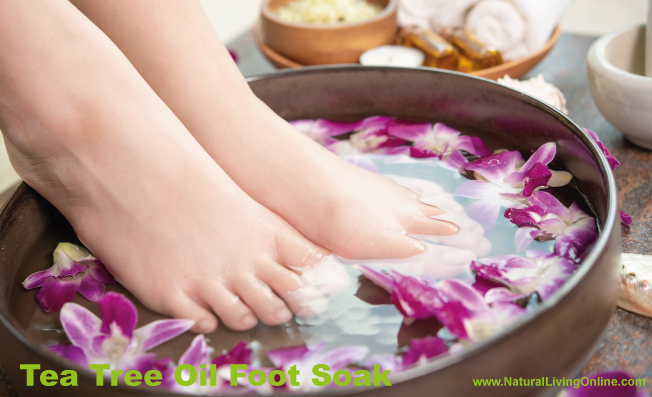
There are several home treatments for dry feet and cracked heels that can help soothe and moisturize the skin.
Soak your feet: Soaking your feet in warm water can help soften the skin and make it easier to remove dead skin cells. Add some Epsom salt or a few drops of essential oil to the water for added relaxation and healing properties. It softens the dry cracked heels.
Exfoliate: Once you’ve soaked your feet, use a pumice stone or foot file to gently remove any dead skin cells. Gently rub the pumice stone in circular and up down motion. This will help smooth out rough patches removing dead skin and prevent the development of new cracks.
Moisturize: After exfoliating, apply a thick moisturizing cream or lotion to your feet. Look for products that contain ingredients like shea butter, glycerin, or urea, which are all known for their hydrating properties. You can also apply a thicker layer of moisturizer to your feet at night and wear socks to help the product absorb more deeply.
Wear comfortable shoes: Tight or ill-fitting shoes can contribute to the development of dry feet and cracked heels. Wear shoes that fit properly and have good support for dry cracked back.
Stay hydrated: Drinking plenty of water can help keep your skin hydrated from the inside out.
Use a humidifier: If you live in a dry climate, using a humidifier in your home can help add moisture to the air and prevent your skin from becoming too dry.
Avoid harsh soaps and hot water: Using harsh soaps and hot water can strip your skin of its natural oils and make dryness worse. Stick to mild, fragrance-free soaps and lukewarm water when washing your feet.
Apply petroleum jelly: Apply petroleum jelly or a thick ointment to your feet and then cover them with plastic wrap. Keep the wrap on for a few hours, or overnight, to allow the ointment to penetrate deeply into the skin.
Medical Treatments
In severe cases, medical treatments may be necessary to treat dry feet. Here are some of the most common medical treatments for dry feet:
- Prescription-Strength Creams and Ointments
Prescription-strength creams and ointments containing ingredients such as urea and lactic acid can help hydrate the skin and improve its texture. These creams and ointments are often recommended for individuals with severe dry feet.
- Steroid Injections
In some cases, steroid injections may be necessary to treat dry feet. Steroid injections can help reduce inflammation and itching naturally dry skin, particularly in individuals with eczema.
- Laser Therapy
Laser therapy can be used to stimulate the production of collagen and elastin in the skin, which can help improve its texture and elasticity. This treatment is often recommended for individuals with severely dry skin and cracked feet.
- Surgery
In rare cases, surgery may be necessary to treat dry feet. This is particularly true in cases where the dryness has led to deep cracks and infections that are difficult to treat with other methods.
Conclusion
Dry feet are a common problem that can cause discomfort and even pain. In this blog post, we have discussed the types, causes, symptoms, treatment, and prevention of dry feet. Here is a recap of the key points:
- Dry feet can be mild, severe, or involve cracked heels, athlete’s foot, or eczema.
- Environmental factors, medical conditions, lifestyle factors, and aging can cause dry feet.
- Symptoms of dry feet include flaky skin, itching, burning, cracked skin and heels, rough texture, and pain.
- Treatment of dry feet can involve home remedies, such as proper hydration, foot soaking and scrubbing, moisturizing, and wearing comfortable shoes, as well as medical treatments, such as prescription-strength creams and ointments, steroid injections, laser therapy, and surgery.
- Prevention of dry feet involves regular foot care, avoiding certain types of shoes, moisturizing feet daily, using foot powders and sprays, and wearing socks made of breathable materials.
It is important to seek early diagnosis and treatment of dry feet to prevent further complications. While home remedies can be effective for mild cases, medical attention should be sought if the symptoms persist or worsen.
References and Further Reading
Dry Foot Care – American Academy of Dermatology
This website does not provide medical advice.
All information provided on this website, and on associated social media networks, including but not limited to texts, images, and numbers are for general information purpose only. It is not intended as medical advice and it does not include all possible precautions, side effects, or interactions that may occur. Neither NaturalLivingOnline.com nor its author/founder take responsibility for how you use this information. Statements contained on NaturalLivingOnline.com have not been evaluated by the FDA. You should conduct thorough research via multiple sources and consult your physician or qualified doctor before using any essential oil or herbal remedy. Information on NaturalLivingOnline.com must not be relied upon for medical, legal, financial or other decisions.

